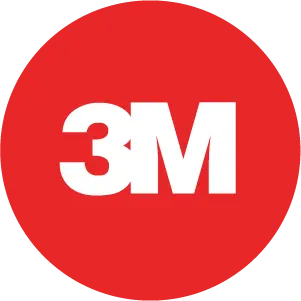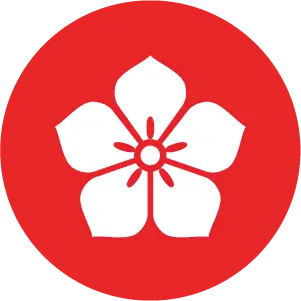At first glance, 3M DI-NOC Architectural Finishes may look like contact paper to the untrained eye. Both are sold as rolled goods. Both have a decorative face. And both have an adhesive side. But that is where the similarities end. DI-NOC has more variety and is far more durable, versatile, and realistic.
First, DI-NOC is available in over 1,000 different patterns whereas contact paper is limited. There are multiple kinds of wood, metals, stones, fabrics, solid colors, and other finishes to the DI-NOC product line.
Second, DI-NOC is 8.3 mils (.0083”) thick, making it thicker and more durable than contact paper. Many DI-NOC profiles are rated for exterior use and used on building facades, storefronts, doors, overhangs, and outdoor wall panel systems.
Third, because DI-NOC is stretchable without easily tearing, it can be installed on compound curved surfaces, making it more versatile than contact paper, which is typically installed on flat and small areas, such as cabinets or drawers. And speaking of small areas, contact paper is usually sold in small quantities to perform small jobs. DI-NOC is a commercial grade product that is sold in small and large quantities. No matter how big or small your project’s scope, DI-NOC is available by the linear foot, roll, and everything in between.
Finally, DI-NOC is more realistic due to 3M’s Controlled Reflection Technology (CRT). CRT creates the optimal tone and texture of all DI-NOC wood grain patterns by combining fine and deep wood grain embossing with high-quality printing. This texture can be felt and seen, closely mimicking the real thing. Even patterns without 3M’s CRT look realistic, even to the trained eye.
While contact paper is appropriate for small tasks such as relining household kitchen cabinets and drawers, DI-NOC is a commercial grade, value-engineered alternative to traditional construction methods that is available in over 1,000 different patterns.










